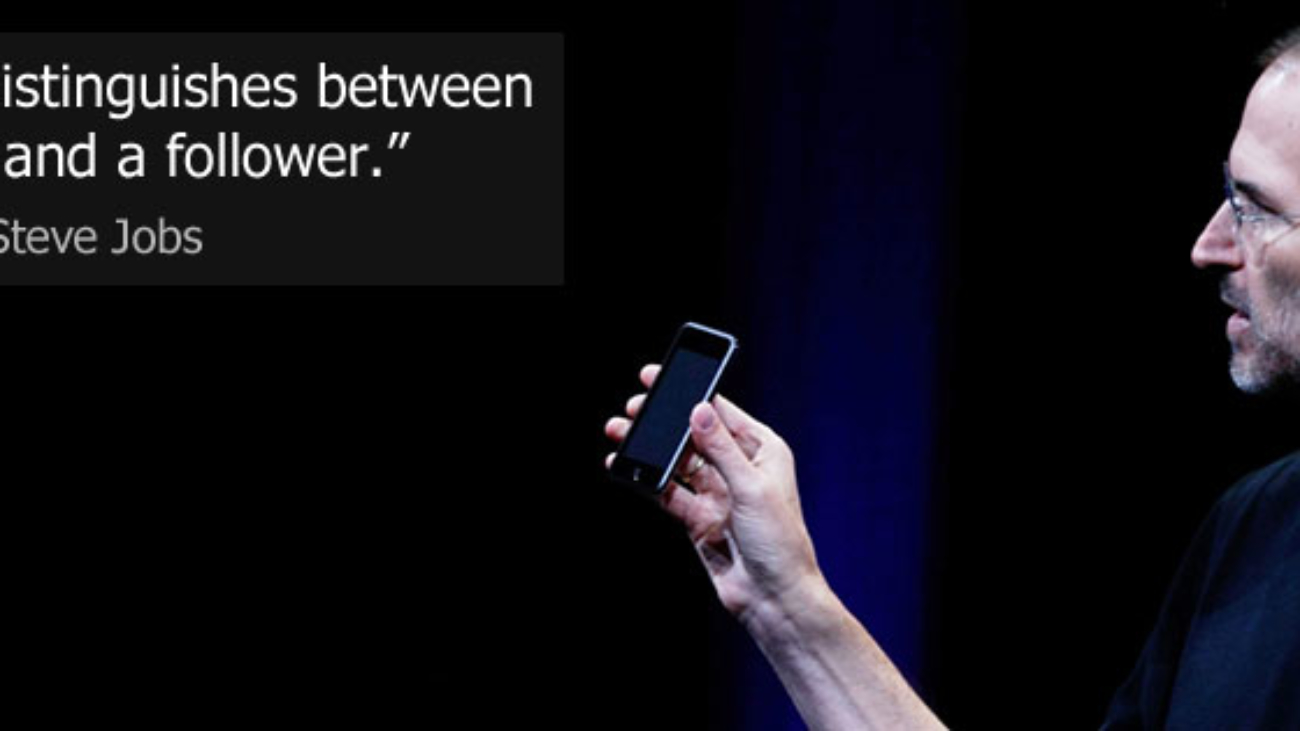About 100 years ago I got my start in performance-based marketing. I went to work for an affiliate network here in Denver that specialized in CPA (Cost Per Acquisition) advertising. In their case, the advertisers (clients) paid them a flat rate once a goal was reached, typically a website submission, a completed survey, or a purchased product. The agency would keep a percentage of the flat rate per completed goal, and the rest would be paid out to a network of publishers (basically websites who had online traffic). It was my job to sell that service to advertisers around the world.
From a sales standpoint, it was ideal. By only paying for a completed action, the advertiser could shift much of the risk to the publishers. After all, if no one completed the survey or purchased the product, the advertiser didn’t have to pay us anything. We had plenty of competition of course, but it was a lot easier to sell performance-based marketing than traditional media placements, or even newer-age media buys like SEM and SEO.
But there is a dark side to this form of performance-based advertising (usually called affiliate marketing). The internet is very big and very anonymous, and many of these traffic sources are not the types of publishers that a client is looking for. All of these campaigns, whether lead gen or product sales, are re-brokered to various affiliate networks, ad exchanges, and traffic sites. When that happens, your potential for volume and traffic increases exponentially, but so does your exposure to fraud, invalid traffic, rewards/incentives that drive down traffic quality, and violations of Can-Spam laws. You can tell an affiliate network or publisher what type of traffic you want and don’t want, but it doesn’t guarantee that they, or their sub-affiliates, will follow your requests. And when they don’t, it can put businesses at risk. For this reason, I’d say about 75% of the affiliate networks and publishers I used to work with are now out of business. The industry has consolidated and shrunk considerably, because there is too much fraud, too much bad traffic, and not enough policing/enforcing of rules and regulations. I saw the writing on the wall and left that industry about 9 years ago.
We still offer a few performance-based solutions, but not nearly as many as we used to. These days, DanMatt Media offers pay-per-call in our print division, and market research survey recruitment in our digital division. Both are performance-based (our advertisers pay us for phone call leads and completed surveys), and both offer tremendous traffic quality, because we work hard to ensure that we only partner with traffic sources that play by the rules and do things the right way. But because that’s often not the case with affiliate networks, we no longer run affiliate marketing campaigns. It’s just too difficult to ensure that everyone plays by the rules.
I suspect performance-based marketing will continue for many years to come. It’s attractive to advertisers and you can still make money doing it. And while the affiliate marketing channel that I mentioned above still exists, it’s a shell of what it once was. If you find the right affiliate network, and that network is open and transparent about who their sources are and where their traffic is coming from, it can work well. But be warned, there are a lot of sharks out there…










